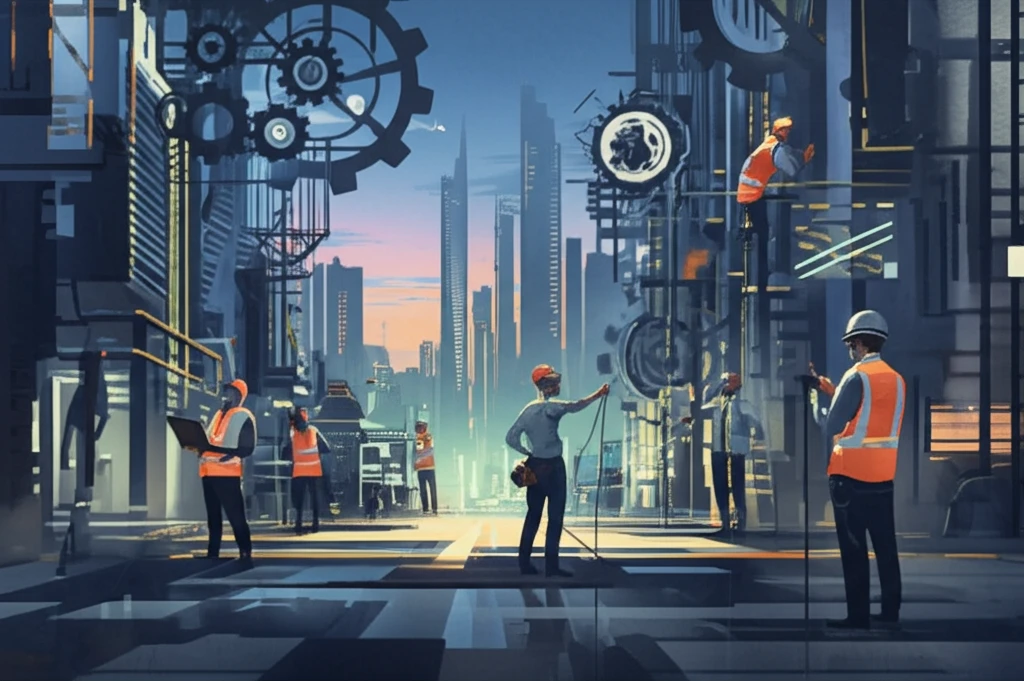
Unlock Your Team's Potential: How Labor Productivity Drives Public Production Efficiency
"Boosting national economies through strategic investments in human capital and streamlined processes."
In today's economy, every nation is constantly striving to improve its production efficiency. From manufacturing to service industries, the pressure is always on to do more with less. But what's the real key to unlocking significant gains in public production? The answer lies in a seemingly simple concept: labor productivity. When workers are more efficient, the entire system benefits.
Labor productivity, at its core, measures how much output each worker generates. Increase labor productivity and you will increase production efficiency. However, it is influenced by a web of interconnected factors, including education, technology, and overall economic conditions. It's not just about working harder but working smarter and more effectively.
This article explores the vital role of labor productivity in enhancing public production efficiency. We'll break down how it's measured, what factors influence it, and strategies to boost it for the benefit of the entire economy. Whether you're a business leader, policymaker, or simply interested in understanding economic growth, this is the guide for you.
Why Labor Productivity Matters: The Engine of Economic Growth

Labor productivity is more than just a statistic; it's a fundamental driver of economic prosperity. When a workforce becomes more productive, a nation can produce more goods and services, leading to increased revenue and a higher standard of living. International data clearly shows a strong correlation between a country's labor productivity and its overall socio-economic development. A more productive workforce translates directly into a more competitive and prosperous nation.
- Higher Profits: More output with the same input means lower costs and increased profit margins.
- Increased Wages: As companies become more profitable, they can afford to pay their workers more, leading to a higher standard of living.
- Economic Growth: Increased production fuels overall economic expansion, creating new opportunities and jobs.
- Improved Competitiveness: Nations with high labor productivity are better positioned to compete in the global market.
The Future of Productivity: Investing in a Brighter Tomorrow
Boosting labor productivity isn't just a short-term fix; it's a long-term investment in the future of your team and the national economy. By focusing on strategic investments in education, technology, and streamlined processes, governments and businesses alike can unlock the full potential of their workforce. A more productive workforce means a more prosperous and competitive nation, ready to meet the challenges and opportunities of the future. Let's work together to build a brighter economic future, one productive worker at a time.
